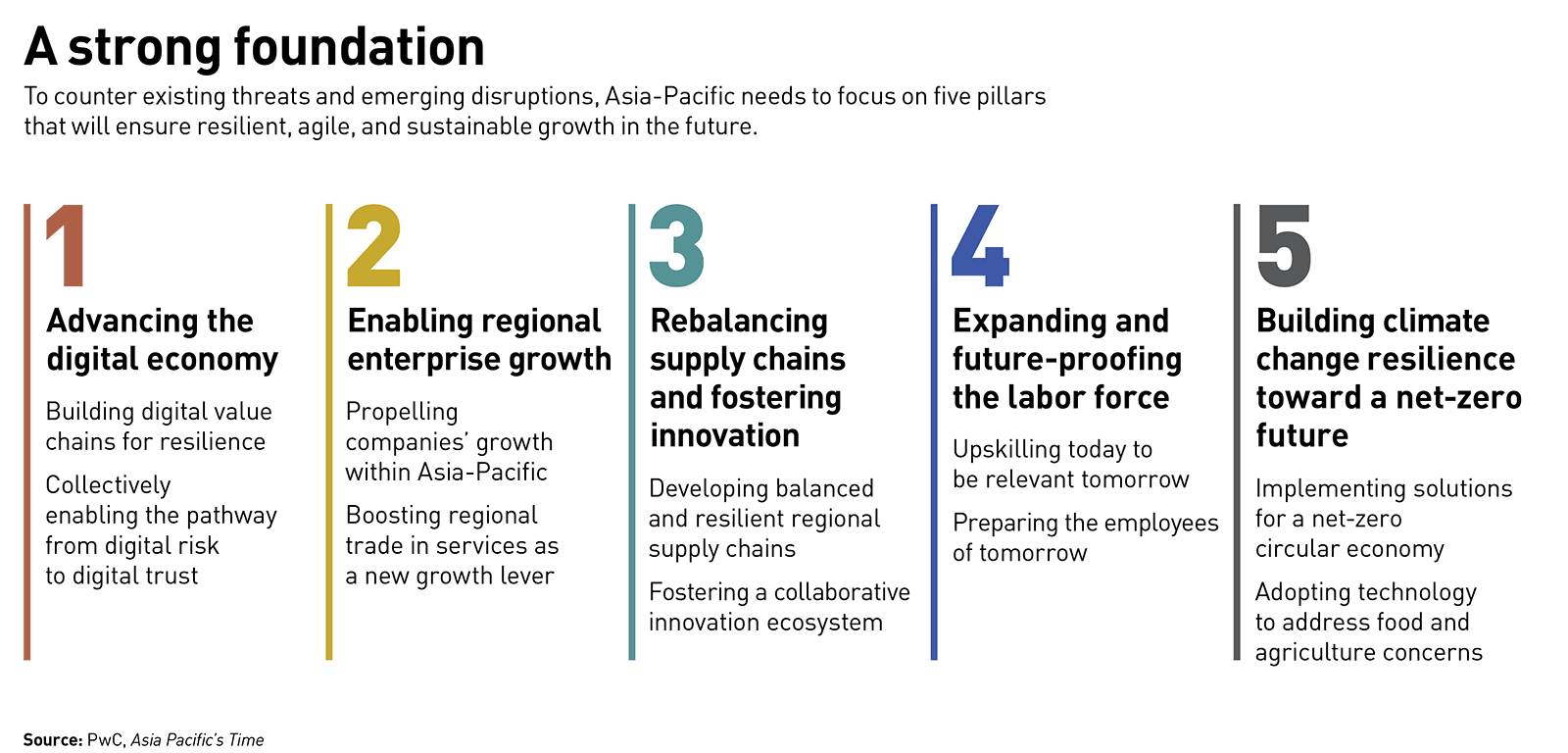Rebalancing Canada's Economy: Reducing U.S. Investment Dominance

Table of Contents
The Current State of U.S. Investment in Canada
Sectors Dominated by U.S. Investment
U.S. investment in Canada is heavily concentrated in specific sectors, creating significant economic dependencies. The energy sector, particularly oil and gas, is a prime example, with numerous major U.S. companies operating extensively in Canada. The financial services sector also shows substantial U.S. presence, with significant investment in Canadian banks and investment firms. Furthermore, the technology sector, including software development and telecommunications, experiences significant U.S. investment.
- Examples of major U.S. companies with significant Canadian operations: ExxonMobil, Chevron, Berkshire Hathaway, Microsoft, Google.
- Statistics illustrating the percentage of U.S. investment in each sector: While precise, publicly available sector-specific data requires further research, it is widely accepted that the energy, finance, and technology sectors experience a disproportionately high percentage of U.S. investment compared to other sectors.
Economic Consequences of U.S. Investment Dominance
The over-reliance on U.S. investment presents considerable economic risks. Canada's economy becomes highly susceptible to fluctuations in the U.S. market, potentially leading to job losses during U.S. recessions. Furthermore, this dominance could limit Canada's control over key industries, hindering its ability to shape its own economic destiny and potentially compromising national interests.
- Examples of negative economic consequences: The 2008 financial crisis highlighted the vulnerability of the Canadian economy to U.S. downturns, with significant job losses in sectors heavily reliant on U.S. investment.
- Discussion of potential political implications: Significant U.S. investment influence could potentially impact Canadian policy decisions, particularly in areas related to trade, regulation, and resource management.
Strategies for Rebalancing the Canadian Economy
Attracting Investment from Other Countries
To mitigate the risks associated with U.S. investment dominance, Canada must actively seek to diversify its foreign investment portfolio. This requires a concerted effort to attract investment from countries like China, the European Union, and other Asian nations.
- Incentives for foreign investors: Canada can offer tax breaks, streamlined regulatory processes, and other incentives to make the country a more attractive investment destination for non-U.S. companies.
- Highlighting Canada's strengths: Promoting Canada's skilled workforce, abundant natural resources, stable political environment, and robust legal framework are crucial to attracting diverse investment.
Promoting Domestic Investment and Entrepreneurship
Reducing reliance on foreign investment necessitates stimulating domestic investment and entrepreneurship. This can be achieved through policies that encourage Canadian businesses to grow and expand.
- Government programs supporting SMEs: Providing financial support, mentorship programs, and access to markets for small and medium-sized enterprises (SMEs) can boost domestic investment and job creation.
- Tax incentives for Canadian businesses: Offering tax credits, deductions, and other incentives can encourage Canadian companies to invest in research and development, expand their operations, and create jobs.
Strengthening Canadian Industries
Fostering growth in strategic Canadian industries less reliant on U.S. investment is crucial for long-term economic resilience. This requires targeted investments in specific sectors and a focus on innovation.
- Investing in research and development: Increased funding for research and development in key sectors can drive innovation, create high-skilled jobs, and enhance global competitiveness.
- Supporting the development of innovative technologies: Government initiatives and private sector partnerships can foster the growth of emerging technologies, reducing reliance on foreign technologies and creating new export opportunities.
Policy Recommendations for Economic Rebalancing
Diversification Strategies
Canada needs concrete policy changes to encourage diversification. This includes targeted investment programs focused on attracting investment from non-U.S. markets, and regulations promoting domestic ownership in key sectors. Strategic partnerships with other countries to co-develop key industries should also be explored.
Regulatory Reforms
Streamlining regulations and reducing bureaucratic hurdles can create a more attractive investment climate for non-U.S. investors. A clear and consistent regulatory framework that protects investors' rights and minimizes uncertainty is essential.
International Trade Agreements
Forging strong trade relationships with diverse partners is critical to reducing reliance on the U.S. market. Negotiating and strengthening trade agreements with countries across the globe can open new markets for Canadian goods and services.
The Path to a More Balanced Canadian Economy
The over-reliance on U.S. investment presents significant challenges to the long-term health and independence of the Canadian economy. However, by actively pursuing strategies to attract diverse foreign investment, promote domestic investment and entrepreneurship, and strengthen key Canadian industries, Canada can create a more balanced and resilient economic future. The key strategies discussed—attracting diverse investment, promoting domestic investment, and strengthening Canadian industries—are essential steps towards achieving this goal.
We urge readers to learn more about the issue of rebalancing Canada's economy and to advocate for policies that promote economic diversification and reduce reliance on U.S. investment. Engage with policymakers, participate in public discourse, and help shape a more robust and independent Canadian economy. By working together, we can build a more secure and prosperous future for Canada, free from excessive dependence on any single foreign power. The future of a truly independent and resilient Canadian economy is within our reach, and through proactive measures, we can achieve a more balanced and prosperous future.

Featured Posts
-
 Prestisjetung Pris Aftenpostens Redaktor Vinner Arets Redaktor
May 29, 2025
Prestisjetung Pris Aftenpostens Redaktor Vinner Arets Redaktor
May 29, 2025 -
 Moradores Aprovam Criacao Da Cidade Space X Nos Eua Um Novo Marco Espacial
May 29, 2025
Moradores Aprovam Criacao Da Cidade Space X Nos Eua Um Novo Marco Espacial
May 29, 2025 -
 British Pop Star Robbie Williams Performs At Cruise Ship Launch In Malaga
May 29, 2025
British Pop Star Robbie Williams Performs At Cruise Ship Launch In Malaga
May 29, 2025 -
 Uerduen Gazze Deki Kanser Hastasi Cocuklari Kabul Ediyor
May 29, 2025
Uerduen Gazze Deki Kanser Hastasi Cocuklari Kabul Ediyor
May 29, 2025 -
 Stranger Things 5 Everything We Know About The Cast Premiere And Final Season
May 29, 2025
Stranger Things 5 Everything We Know About The Cast Premiere And Final Season
May 29, 2025
